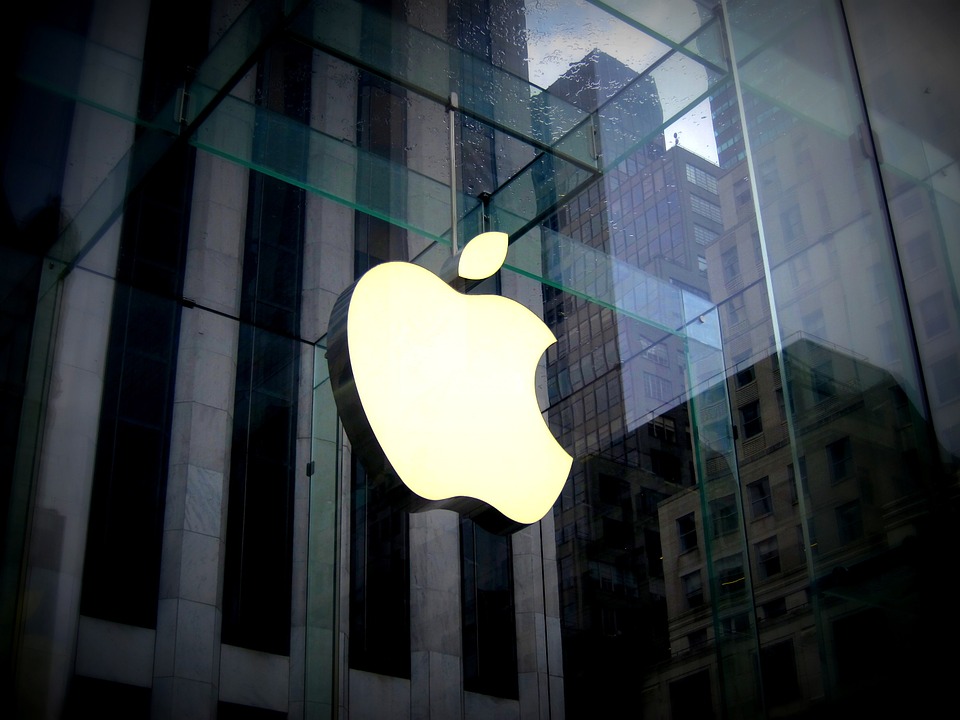By Warren Miller, contributing writer
If you long for the golden age of personal computing, even before the Macintosh took desktops by storm, then you’re in luck. The source code used to develop the operating system and applications for the original Apple PC, the Lisa, have been recovered by the Computer History Museum and are currently being reviewed by Apple. According to Al Kossow, a software curator at the CHM, the code will be made freely available to all sometime this year.
When the Lisa, named after the daughter of Apple founder Steve Jobs, originally hit the market in 1983, it retailed at around $10,000, or roughly the equivalent of $25,000 today. Although it was on the forefront of many aspects of personal computing technology that we take for granted today (such as utilizing a graphic user interface and incorporating a mouse), its prohibitive cost made it an impractical purchase for most working Americans, and it subsequently faded into the realm of innovative obscurity alongside inventions like the Edsel and Google Glass. Its place in computing history is unquestionable, however.
In fact, the history of the Lisa contains a remarkable chapter about a feud between two of the giants of the personal computing industry, Jobs himself and Microsoft guru Bill Gates. In exchange for 100,000 shares of Apple (before the company went public), Xerox allowed Apple engineers to review its own PC research and development for just three days. Using what they had learned from Xerox, Apple constructed the framework for the hardware and software that would come to be known as the Lisa. When Gates later used that same Xerox information to help develop Windows, Jobs accused Gates of stealing from Apple, sparking a longstanding enmity between the two iconoclasts.

Apple’s legendary Lisa operating system can soon be yours for free. Image source: Pixabay.
Although the Lisa was upgraded and made more affordable in subsequent iterations, it was so drastically outperformed by the Macintosh in the marketplace that it was ultimately discontinued just a few years after its debut. The original Lisa was outfitted with a 5-MHz Motorola 68000 CPU, a 5-MB hard drive, and 1 MB of RAM. Its operating system included the Lisa Office System, which included LisaWrite, LisaCalc, LisaDraw, LisaGraph, LisaProject, LisaList, and LisaTerminal, as well as the software development tool Workshop.
Can we expect the release of this code to just be the start of an open-source movement for Apple? Don’t hold your breath. It may be interesting, however, to look into some of the details of how the code gets so much done with such a limited amount of memory. We might expect that some of the code might even be “redacted” if it gives away any “tricks” that might still be used in Apple devices or if Apple lawyers think that they might be used in the future. Maybe these redactions will give us some clues as to what features might be on their way back.
No matter how much code we do get, it may result in an expansion in the growing field of software archaeology, digging into the secrets of code from the early ages of computing. Apple’s release and the subsequent “big dig” may turn out to be the computing equivalent of discovering the Ark of the Covenant. Here’s hoping that death and destruction don’t rain down from the heavens if you actually boot it up on your Microsoft tablet.
Advertisement
Learn more about Electronic Products Magazine





